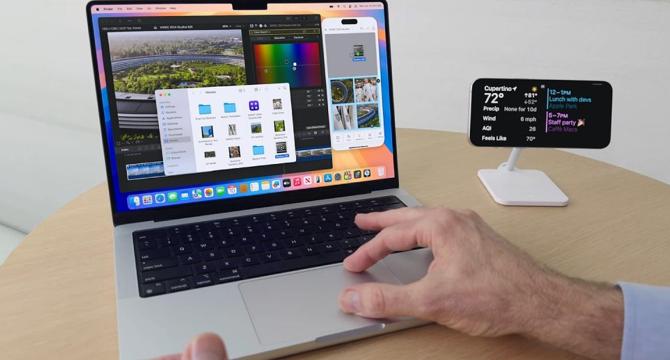Digitaltrends
1M
171

Image Credit: Digitaltrends
How to use iPhone Mirroring on your Mac
- In this article, we'll guide you through everything you need to know about iPhone Mirroring, which allows a mirrored version of your iPhone to be put right on your Mac's desktop.
- To use iPhone Mirroring, you need a Mac with an Apple silicon chip or the T2 Security Chip, macOS Sequoia or later, and an iPhone running iOS 18 or later.
- With iPhone Mirroring opened and unlocked on your Mac, you can interact with all of your iPhone's apps and settings as you would if you were holding the device.
- You can control iPhone's audio output, move and resize the iPhone Mirroring window, and manage notifications in iPhone Mirroring.
- One of the best iPhone Mirroring features allows you to transfer files from your Mac to your iPhone and vice versa, all by simply dragging and dropping the file into place.
- While using iPhone Mirroring, you can't access your iPhone's camera and microphone. You also can only use one Continuity feature at a time.
- In order to turn off iPhone Mirroring, go to General > AirPlay & Continuity > iPhone Mirroring on your iPhone, and then delete the connection with your Mac.
- iPhone Mirroring is an effortless way for sharing files between your devices and operates surprisingly well.
- Overall, with our comprehensive guide, you can use iPhone Mirroring like a pro in just a few minutes.
Read Full Article
10 Likes
For uninterrupted reading, download the app